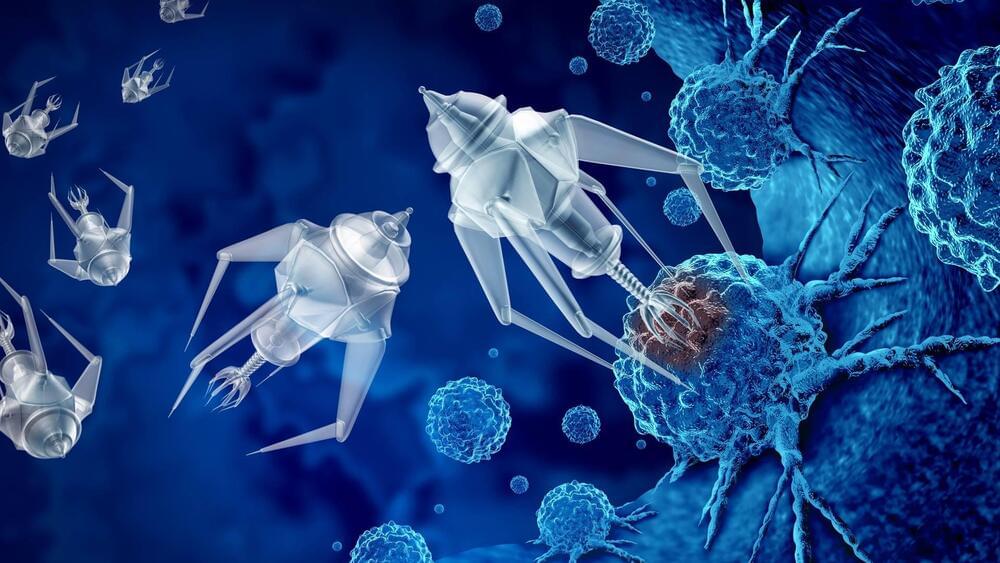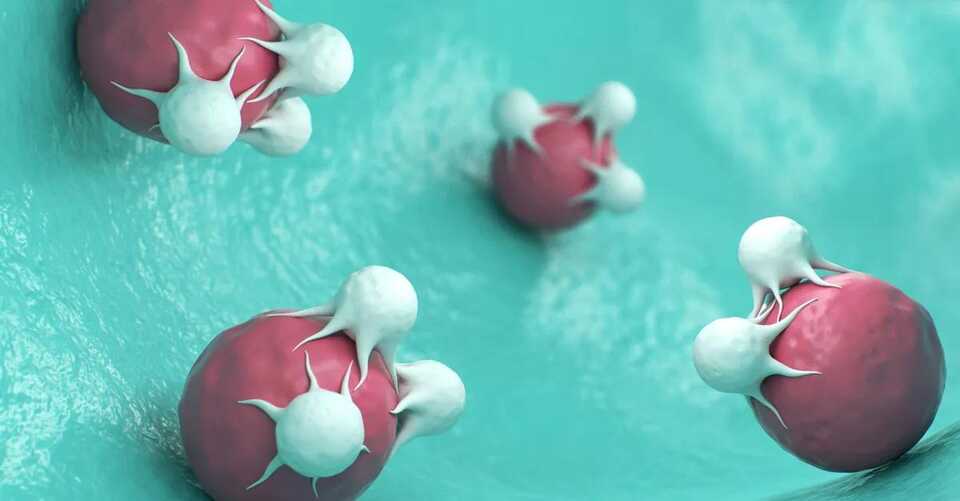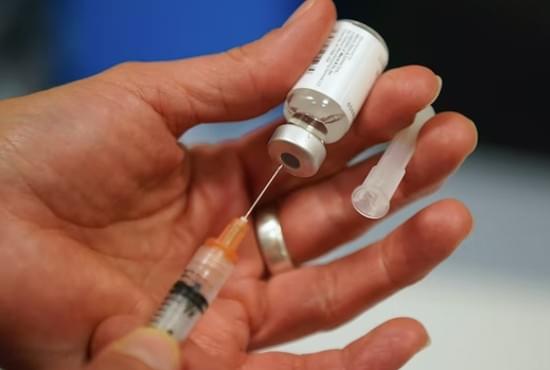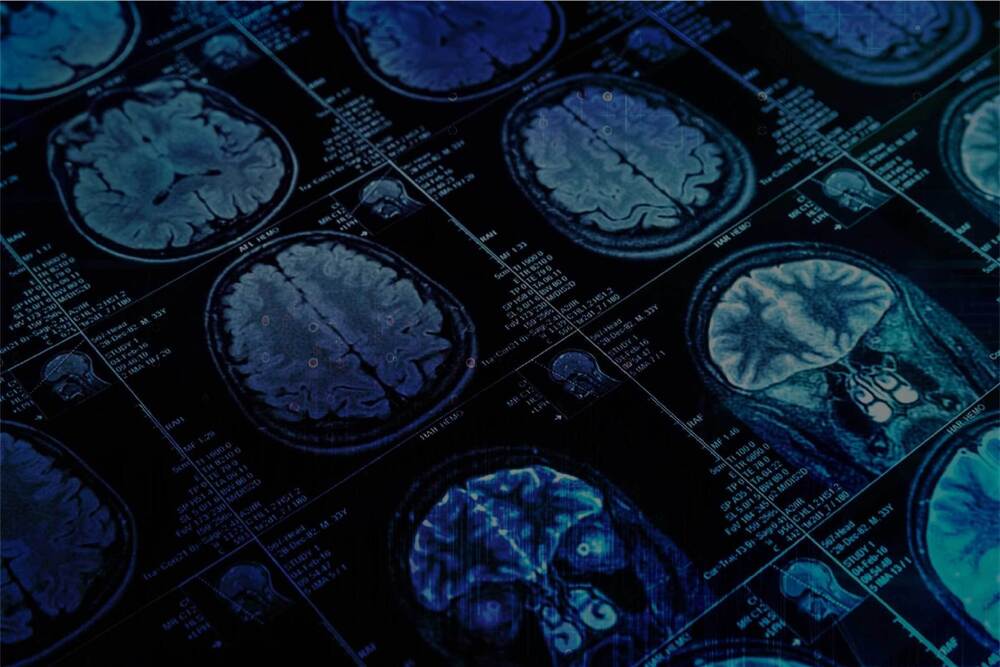The micro-robots consist of a special kind of bacteria.
Scientists have conceived of a new way to deliver cancer-killing compounds, called enterotoxins, to tumors using bionic bacteria that are steered by a magnetic field, according to a report by Inverse.
“Cancer is such a complex disease, it’s hard to combat it with one weapon,” said Simone Schürle-Finke, a micro-roboticist at the Swiss Federal Institute of Technology in Zürich, Switzerland, and one of the authors of the new study.
Wildpixel/iStock.
These bacteria function as “micro-robots” that can hunt down and rally around a specific tumor. They then release their own naturally produced anti-cancer chemicals and shrink the tumor.








